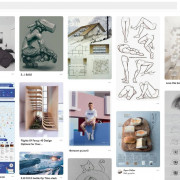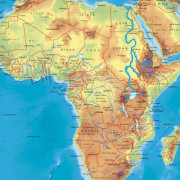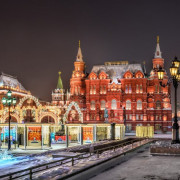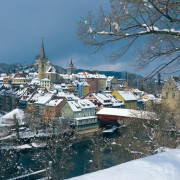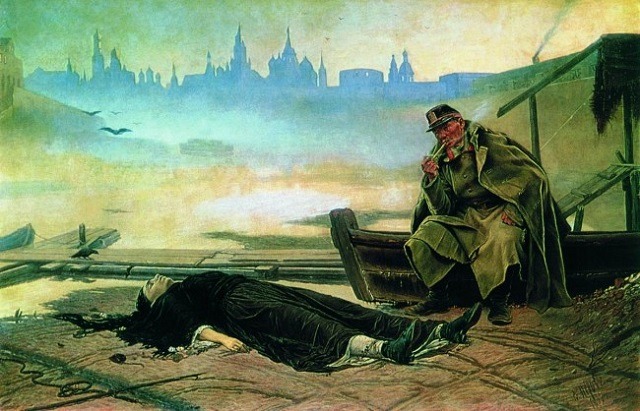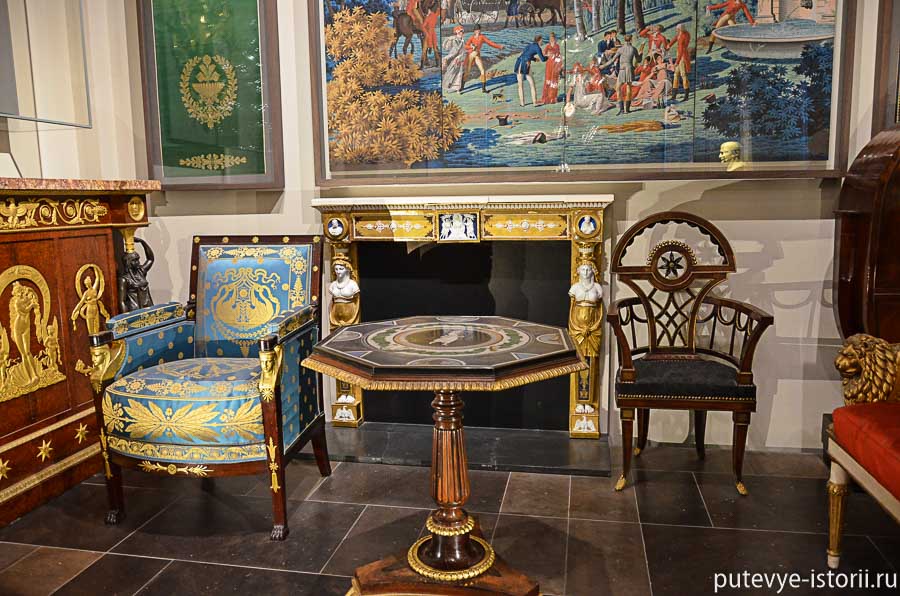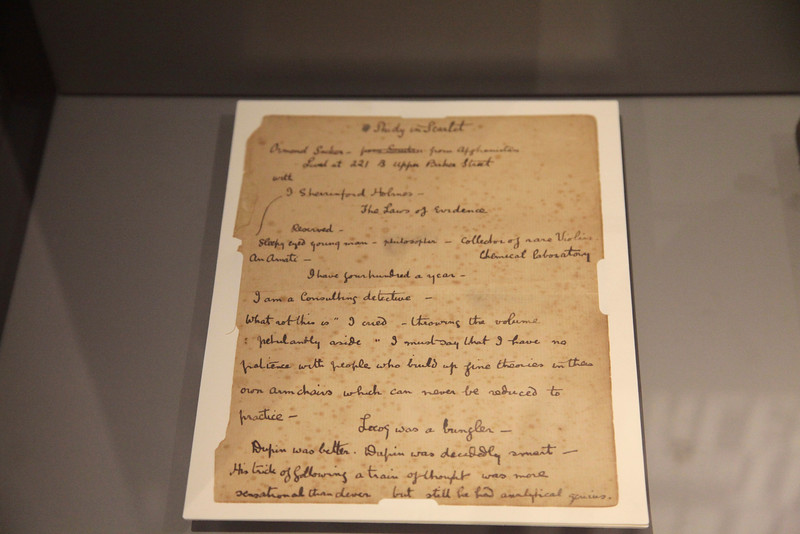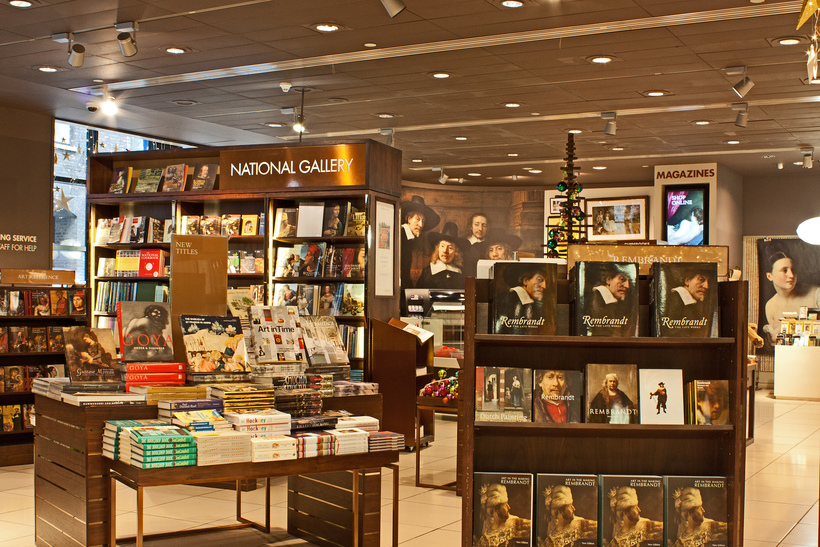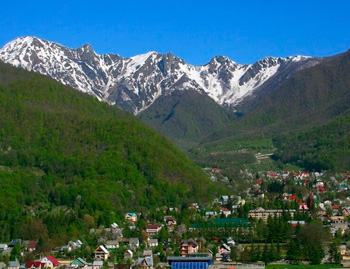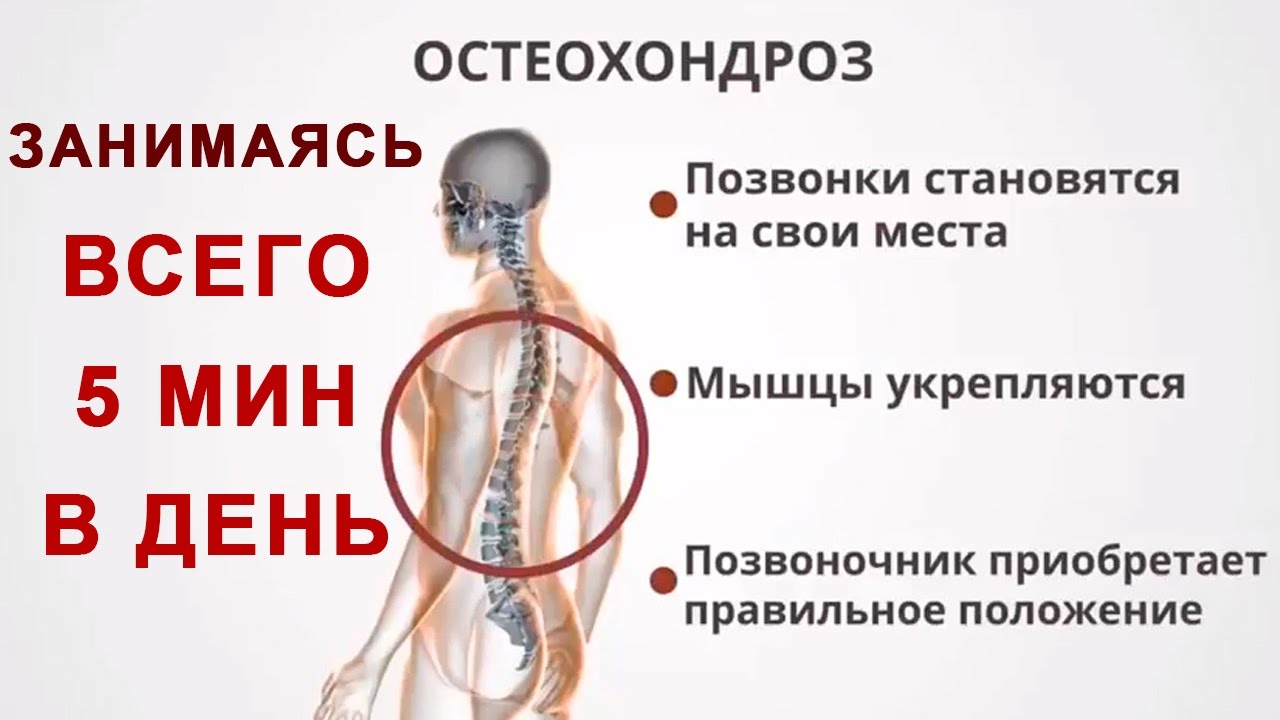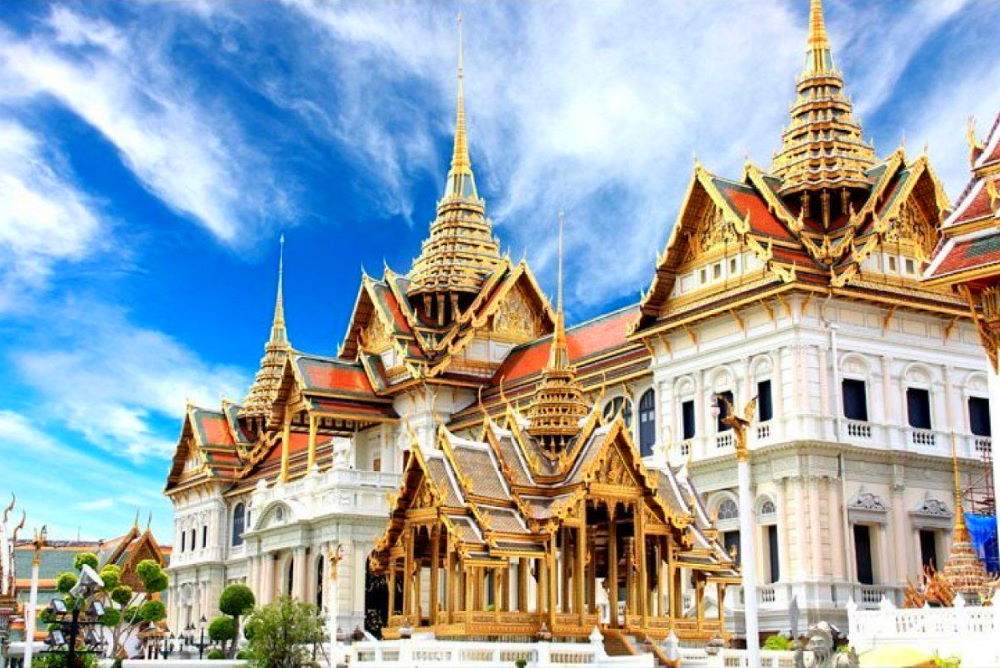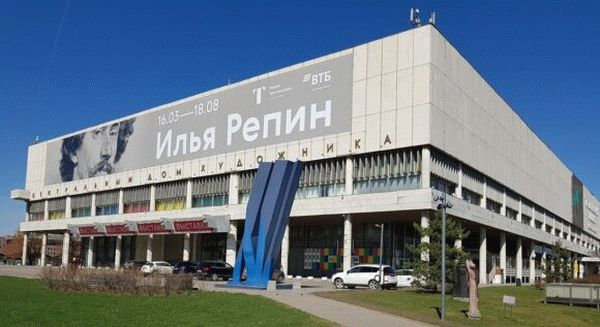Музей-блокбастер: как галерея тейт модерн в лондоне превратилась из объекта ненависти в самый популярный музей современного искусства в мире
Содержание:
- Edward Ruscha, Whiskey A-Go-Go (Sunset Strip Portfolio) 1976, printed 1995
- Malangatana Ngwenya, Untitled 1967
- Экспозиция
- Teresa Margolles, Flag I 2009
- Art in this room
- Tate’s Gauguin show aims to explode myths of Tahiti
- Коллекция зарубежного искусства
- Edward Ruscha, PRETTY EYES, ELECTRIC BILLS 1976
- Edward Ruscha, SMELLS LIKE BACK OF OLD HOT RADIO 1976
- Manton Shop
- Pablo Picasso, Bust of a Woman 1944
- 12 rooms in In the Studio
- Agnes Martin and Lenore Tawney
- Agnes Martin and Lenore Tawney
- Studio Practice
- Studio Practice
- Atul Dodiya
- Atul Dodiya
- International Surrealism
- International Surrealism
- Painting with White
- Painting with White
- The Disappearing Figure: Art after Catastrophe
- The Disappearing Figure: Art after Catastrophe
- Helen Frankenthaler
- Helen Frankenthaler
- Claude Monet
- Claude Monet
- Cy Twombly
- Cy Twombly
- ARTIST ROOMS: Agnes Martin
- ARTIST ROOMS: Agnes Martin
- A View from Zagreb: Op and Kinetic Art
- A View from Zagreb: Op and Kinetic Art
- Ellsworth Kelly and Anish Kapoor
- Ellsworth Kelly and Anish Kapoor
- 8 rooms in Turner Collection
- Mark Rothko: The Seagram Murals
- Mark Rothko: The Seagram Murals
- JMW Turner
- JMW Turner
- Found in Turner’s Studio: Seascapes
- Found in Turner’s Studio: Seascapes
- Found in Turner’s Studio: Landscape and Figures
- Found in Turner’s Studio: Landscape and Figures
- Turner’s Britain
- Turner’s Britain
- Turner’s Europe
- Turner’s Europe
- Turner Exhibited: Ambition and Reputation
- Turner Exhibited: Ambition and Reputation
- Travellers in Italy from Grand Tourists to Turner
- Travellers in Italy from Grand Tourists to Turner
- Экспозиция галереи Тейт
- Yinka Shonibare CBE, The British Library 2014
- Edward Ruscha, THE END #40 2003
- John Constable, Salisbury Cathedral from the Meadows exhibited 1831
- 12 rooms in Media Networks
- James Rosenquist and Allora & Calzadilla
- James Rosenquist and Allora & Calzadilla
- Modern Times
- Modern Times
- Franciszka and Stefan Themerson
- Franciszka and Stefan Themerson
- Feminism and media
- Feminism and media
- Explore Media Networks
- Explore Media Networks
- Cildo Meireles
- Cildo Meireles
- Yin Xiuzhen
- Yin Xiuzhen
- CAMP
- CAMP
- A view from Buenos Aires
- A view from Buenos Aires
- Aldo Tambellini
- Aldo Tambellini
- Painting and Mass Media
- Painting and Mass Media
- Beyond Pop
- Beyond Pop
- Edward Ruscha, DIRTY BABY 1977
- Edward Ruscha, ARTISTS WHO MAKE “PIECES” 1976
- Экспозиция
- Edward Ruscha, 7101 Sepulveda Blvd., Van Nuys 1967, printed 1999
- История
- Что посмотреть
- Галерея Тейт Модерн
- History
- Edward Ruscha, US 1995, printed and signed 1994
Edward Ruscha, Whiskey A-Go-Go (Sunset Strip Portfolio) 1976, printed 1995
Whiskey A-Go-Go (Sunset Strip Portfolio) 1966, printed 1995 is a black and white photograph by the American artist Ed Ruscha. The image depicts the famous Los Angeles nightclub Whiskey A-Go-Go, which occupied a corner of the intersection between Sunset Boulevard and North Clark Street. This building, with its façade detailed with windows and posters, takes up much of the image. A small stretch of sky, a distant building, a portion of the road, and the rear of a car are visible to the right and towards the bottom of the frame. Black and white scratches interrupt the image in irregular vertical strips. They contrast with the otherwise horizontal format of the photograph and offer it a grid-like quality.
Malangatana Ngwenya, Untitled 1967
This painting depicts the violence and suffering endured by ordinary people in Mozambique during the War of Independence from Portugal (1964–74) and was made while the conflict was still raging. Figures overlap, seemingly merging into one another and collapsing any sense of perspective, a reflection on the importance of community and social relationships, shown here in meltdown. Three years before painting this, the artist had been imprisoned for eighteen months by the Portuguese secret police for his involvement in FRELIMO (the Front for Liberation of Mozambique).
Gallery label, November 2015
Экспозиция
«Тейт-Модерн» — это национальная британская галерея современного искусства, одна из самых посещаемых в Лондоне. В ней уникально все: картины (среди которых есть работы Пикассо, Малевича и Кандинского), здание, оформление, сочетание с городским пейзажем…
Электростанция полностью сохранила внешнюю форму, переделка проводилась только внутри: убрали электрическое оборудование, установили музейное, сохранив все основные помещения и элементы. Результат получился совершенно уникальный: на фоне промышленных конструкций и темного кирпича вывешены полотна авангардистов, сюрреалистичный свет и технические части здания как-то очень органично сопоставляются друг с другом, усиливая впечатление. Огромный турбинный зал используется для таких же огромных временных экспонатов, в бывших нефтяных баках проходят временные выставки.
В целом, даже если вы не поклонник авангарда, сходить сюда стоит, чтобы посмотреть здание и его сочетание с коллекцией: это совершенно уникально, в мире нет аналогов. Кстати, оно входит в Лист национального достояния Британии.
«Тейт-Модерн» экспонирует только современное искусство (все ее экспонаты созданы не раньше 1900 г.) и только современные жанры — импрессионизм (самый ранний из представленных жанров), абстракционизм, кубизм, сюрреализм, поп-арт и т. д. Есть картины, скульптура, плакаты, инсталляции и многое другое.
Постоянные экспозиции состоят в основном из новаторов, известных или уже ставших классиками. Есть полотна Кандинского, Малевича и Пикассо, в коллекции импрессионизма — работы Клода Моне и Матисса (хотя коллекция импрессионизма тут небольшая), оригиналы плакатов Энди Уорхола и многое другое.
Также постоянно идет сразу несколько временных выставок, обычно это или современные художники, или привозные выставки чего-то по-настоящему редкостного.
Плохих или неинтересных выставок там не бывает: «Тейт-Модерн» — это очень-очень серьезно.
Галерея рассчитана на любителей современного искусства — что называется, «ценителей жанра», что-то традиционное там искать бесполезно. Если вы не любитель модернистских «-измов», то прийти все равно стоит: посмотреть здание, это действительно очень редкая и необычная вещь.
Teresa Margolles, Flag I 2009
The fabric of Flag I contains traces of blood, soil and other substances from the sites of murders around the northern border of Mexico, testifying to the thousands of violent deaths associated with the powerful drug cartels that control smuggling routes to the United States. Another version of this work was shown at the Venice Biennial in 2009, where Margolles represented Mexico with an exhibition titled What Else Could We Talk About? As the government failed to intervene in the drug wars, the blood-stained cloth was hung outside the Mexican pavilion as a memorial for citizens that the nation ignored.
Gallery label, November 2015
Art in this room

Edward Ruscha
The Music from the Balconies
1984
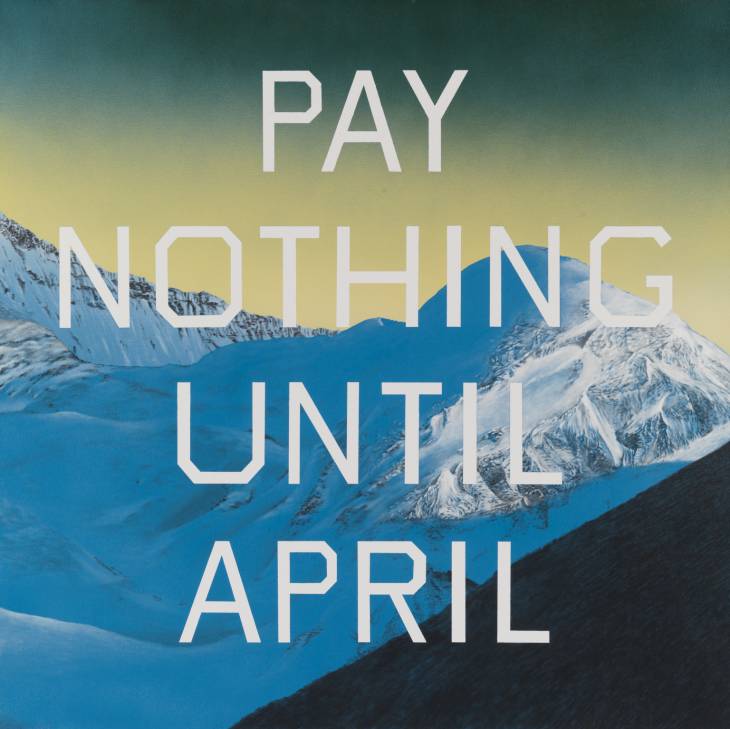
Edward Ruscha
Pay Nothing Until April
2003
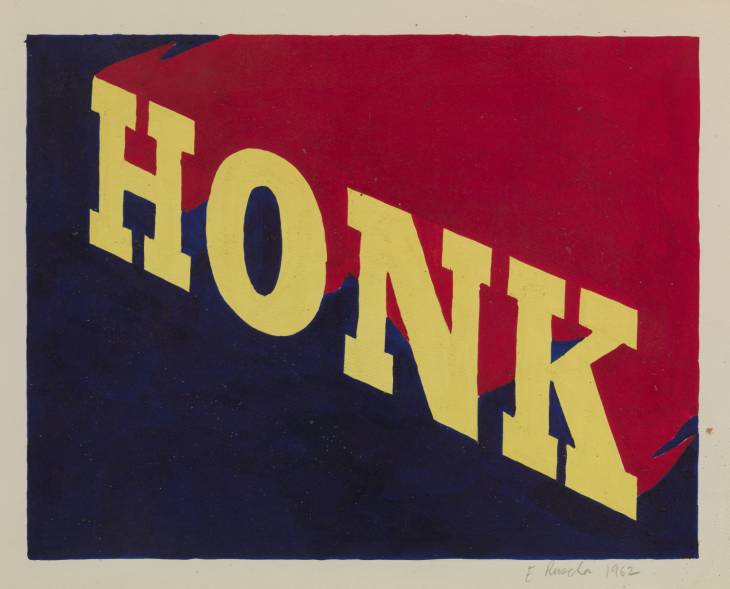
Edward Ruscha
HONK
1962
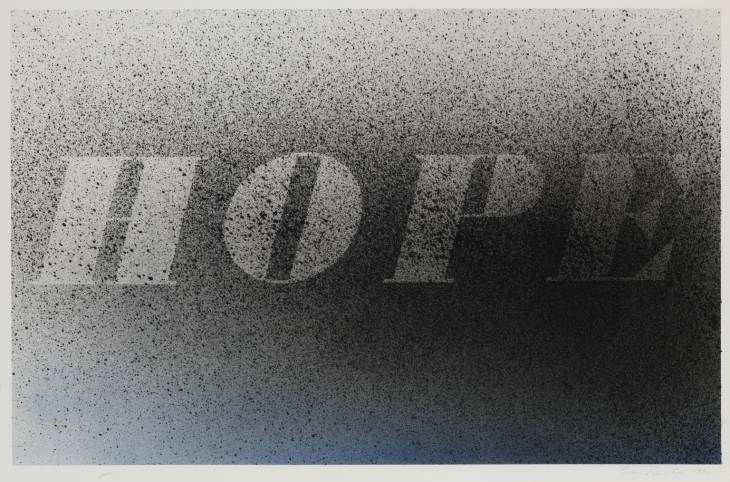
Edward Ruscha
HOPE
1998
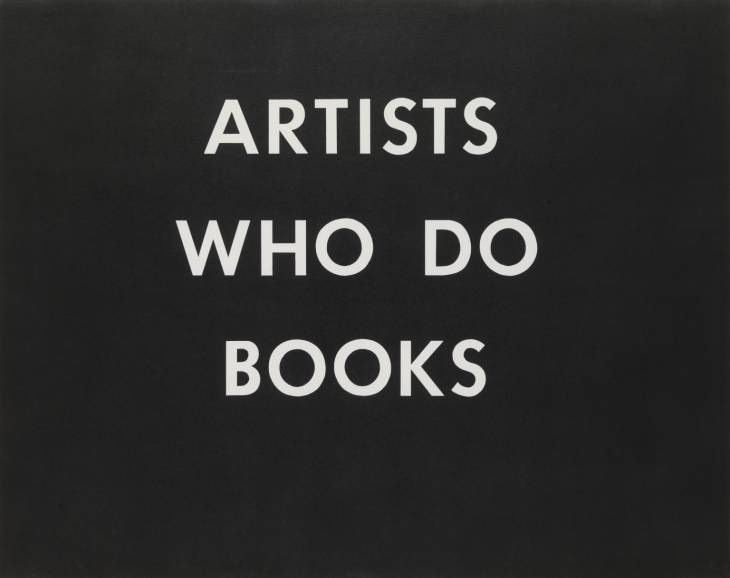
Edward Ruscha
ARTISTS WHO DO BOOKS
1976

Edward Ruscha
The Final End
1992

Edward Ruscha
PRETTY EYES, ELECTRIC BILLS
1976
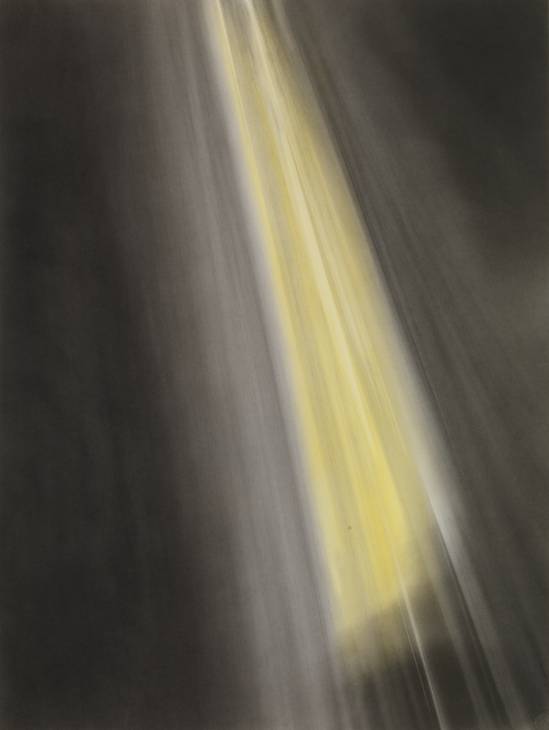
Edward Ruscha
Miracle #64
1975
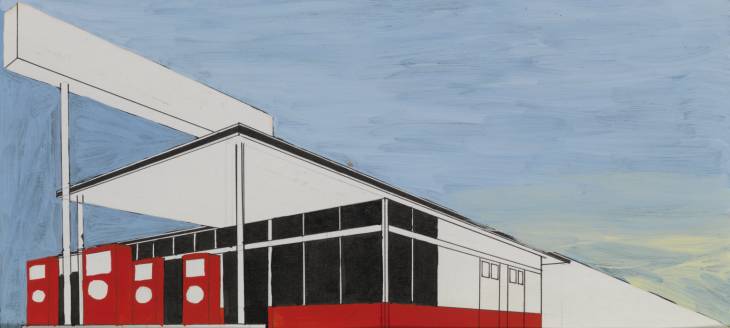
Edward Ruscha
Standard Study # 3
1963
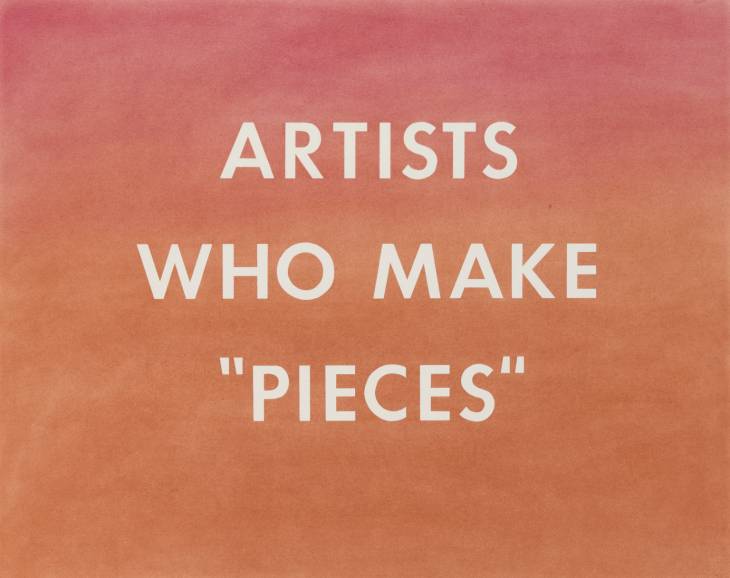
Edward Ruscha
ARTISTS WHO MAKE “PIECES”
1976

Edward Ruscha
DIRTY BABY
1977
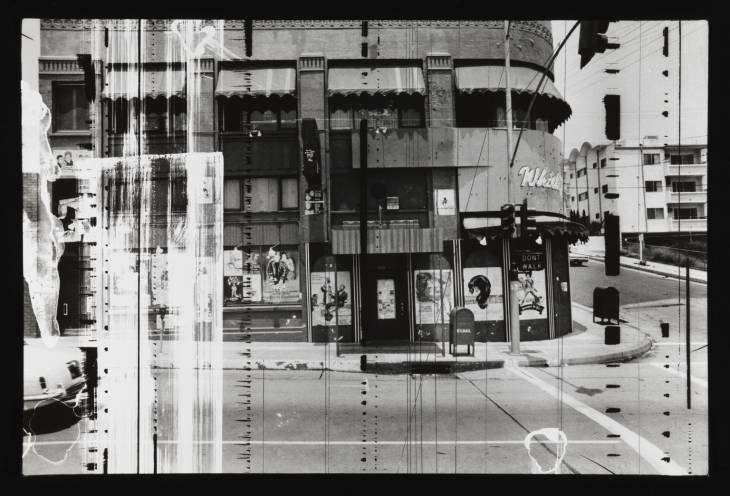
Edward Ruscha
Whiskey A-Go-Go (Sunset Strip Portfolio)
1976, printed 1995
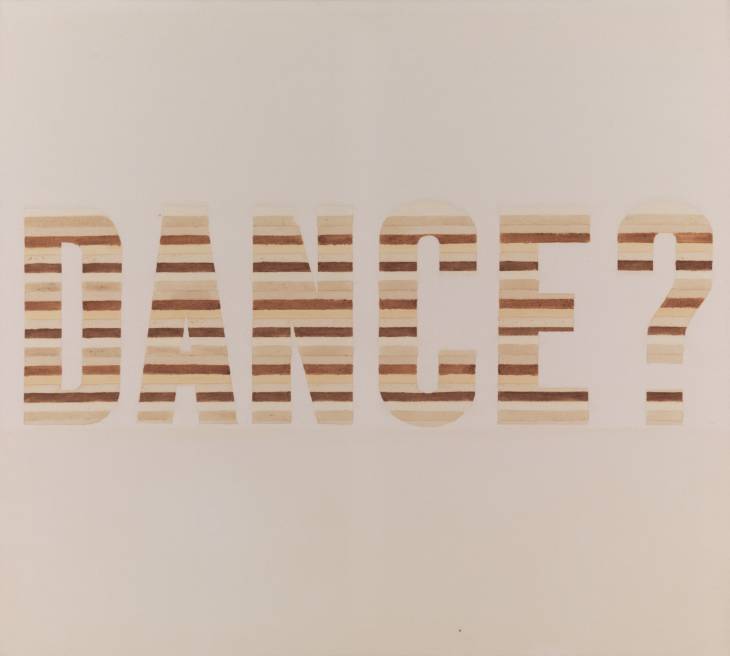
Edward Ruscha
DANCE?
1973
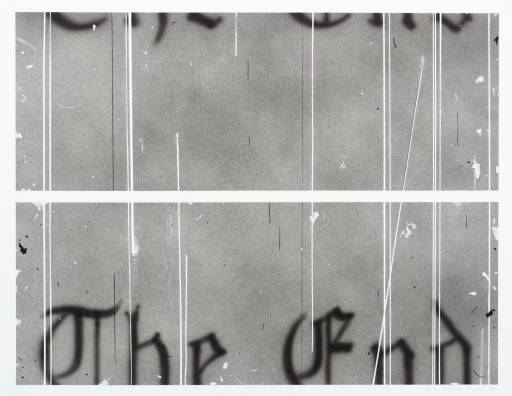
Edward Ruscha
The End #1
1993

Edward Ruscha
You’re A Dead Man (Country Cityscapes series)
2001
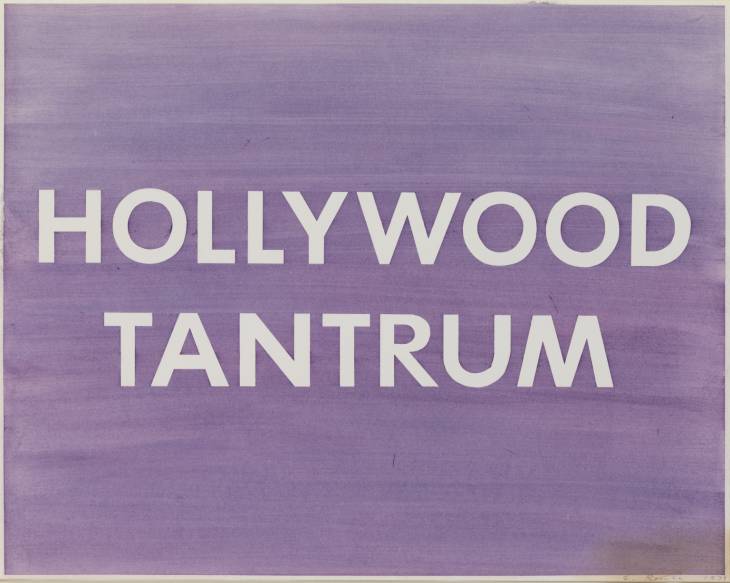
Edward Ruscha
HOLLYWOOD TANTRUM
1979

Edward Ruscha
DAILY PLANET
2003

Edward Ruscha
BLVD.-AVE.-ST.
2006
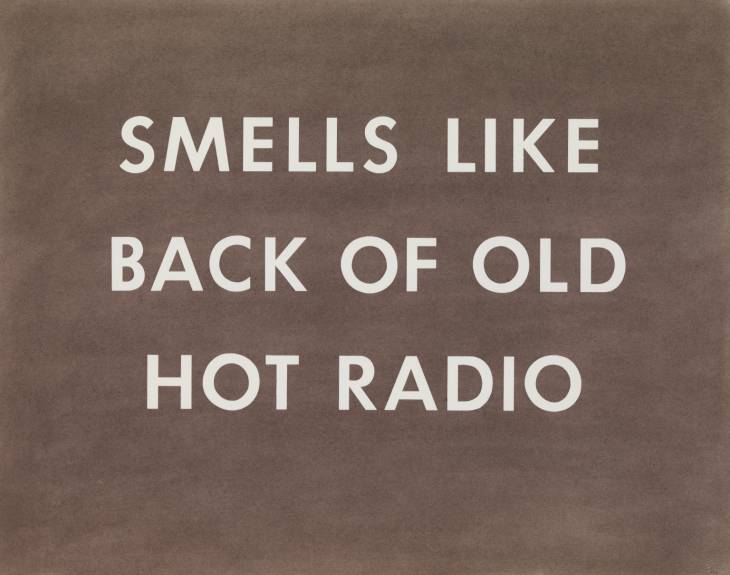
Edward Ruscha
SMELLS LIKE BACK OF OLD HOT RADIO
1976
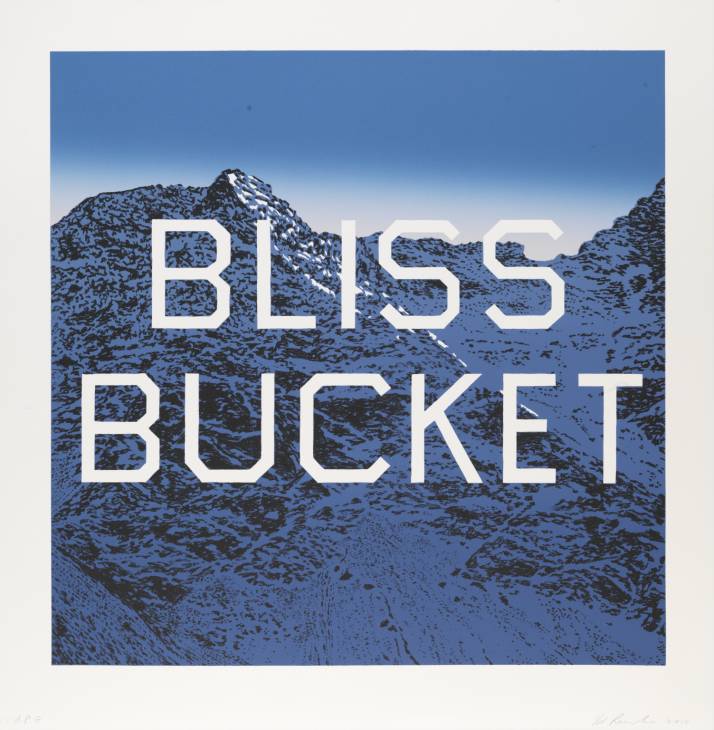
Edward Ruscha
Bliss Bucket
2010
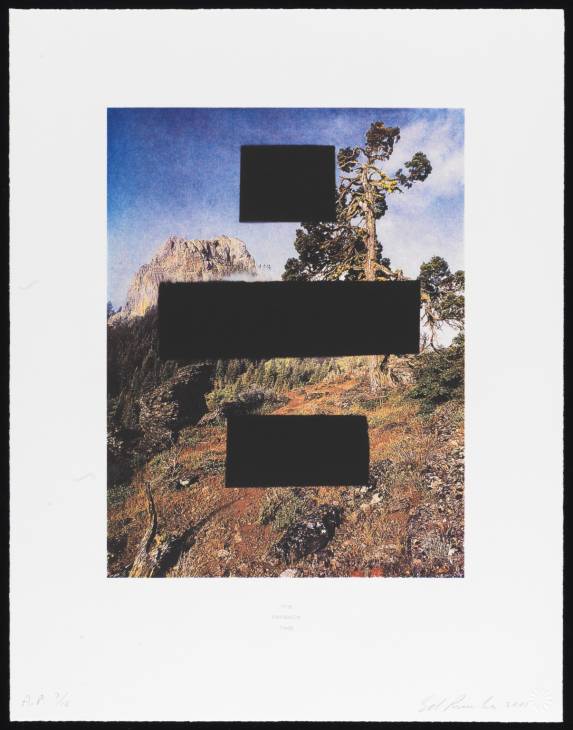
Edward Ruscha
It’s Payback Time (Country Cityscapes series)
2001
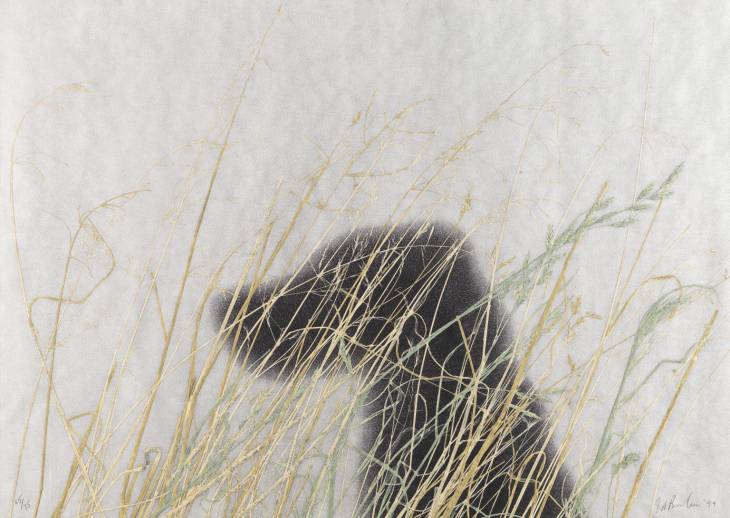
Edward Ruscha
Dog
1995, printed and signed 1994
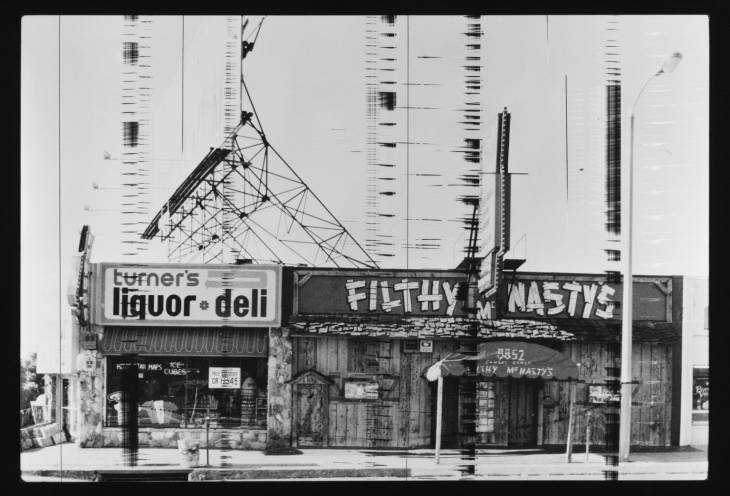
Edward Ruscha
Filthy McNasty’s (Sunset Strip Portfolio)
1976, printed 1995

Edward Ruscha
THE END #40
2003
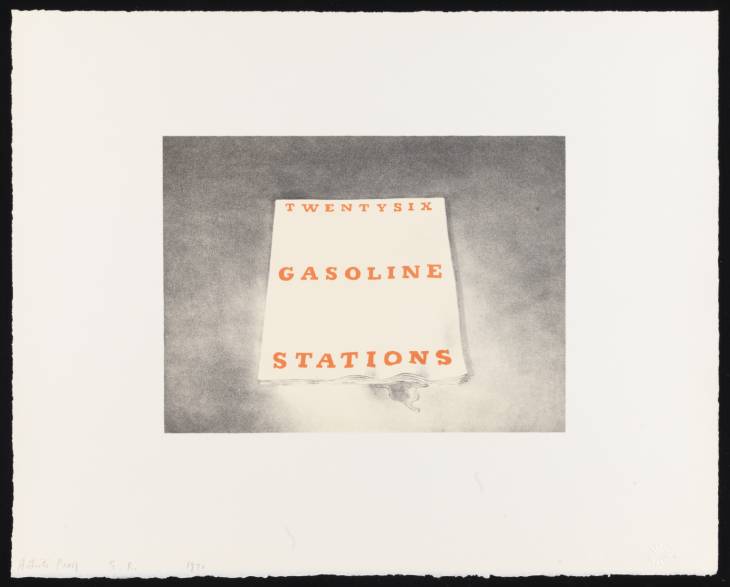
Edward Ruscha
Twentysix Gasoline Stations
1970
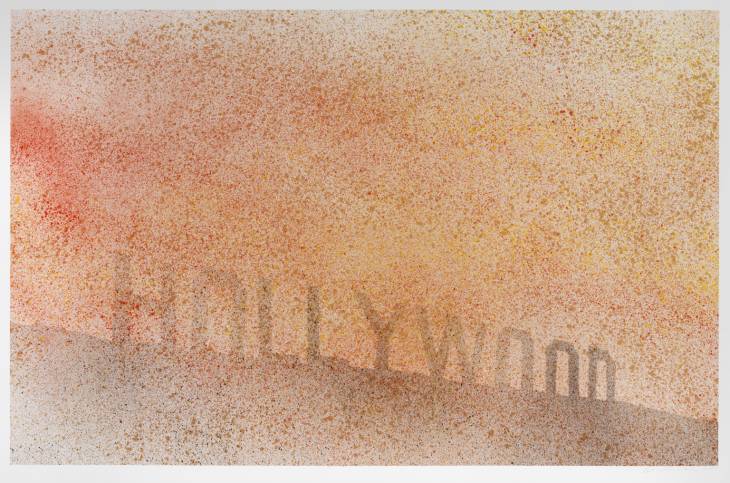
Edward Ruscha
DEC. 30th
2005
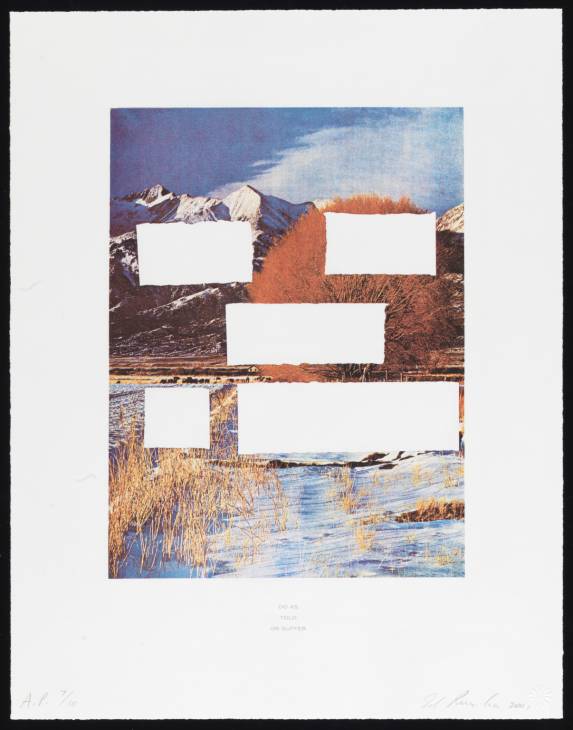
Edward Ruscha
Do As Told or Suffer (Country Cityscapes series)
2001

Edward Ruscha
7101 Sepulveda Blvd., Van Nuys
1967, printed 1999

Edward Ruscha
US
1995, printed and signed 1994
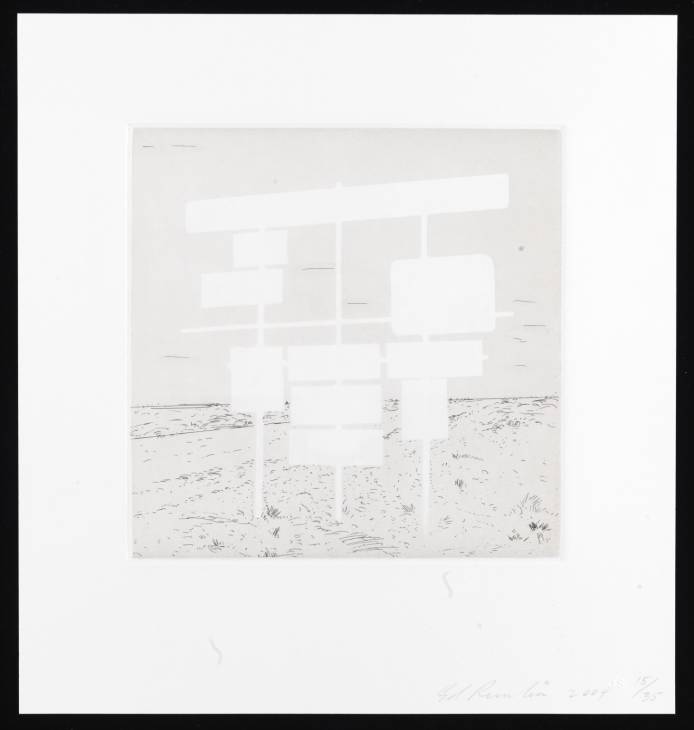
Edward Ruscha
Blank Signs #1
2004
You’ve viewed 6/30 artworks
You’ve viewed 30/30 artworks
Load 6 more
Tate’s Gauguin show aims to explode myths of Tahiti
Louise Jury, Chief Arts Correspondent19.04.10
Works by will be shown in for the first time in 50 years in a blockbuster exhibition at the Tate.
The show, including works never before exhibited in Britain, will feature more than 100 paintings, woodcuts, watercolours, carvings and rarely-seen writings.
It has long been believed that the artist, who lived from 1848 to 1903, became the painter we know today when he left his native to live in .
But Belinda Thomson, co-curator of the exhibition which will open at in September, said it would challenge the idea that his move to the South Seas transformed his art. She believes the seeds of his distinctive style were sown years before.
In Tahiti he pursued his fascination with folklore, fables and traditions to tell stories through his paintings, as he had done earlier when living in Brittany and Provence, she said.“Well before he travelled to Tahiti he was already interested exploring alternative cultures in Europe,” she said.
“In Britanny, he was interested in the whole folkloric aspect of culture and that interest governs his approach to Tahiti where he was very keen to tap into their belief systems.”
He had to work hard to do so as, at the end of the 19th century, the rituals of Maori culture were fast disappearing in the face of Christian evangelising.
She hoped the exhibition would show visitors that Gauguin was a more serious artist than often perceived. “We’re much more aware than people were in 1955 when the Tate had a big show of the complexities of Gauguin’s art and his attempt to infuse it with sometimes poetic and literary ideas,” she said.
The exhibition will also argue that he not only used myths in his art but wove myths about himself. “He uses his own personality, his own looks, to create a powerful image of the artist as a creator, a God-given but also monstrous being,” Mrs Thomson said.
Like the Royal Academy’s just-ended exhibition on , the artist with whom Gauguin briefly shared a house, the Tate show will include Gauguin’s writings. More than 420,000 people saw the Van Gogh show, which finished yesterday, making it one of the most successful exhibitions the Academy has had. About 260,000 people saw the recent .
Gauguin: Maker of Myth, sponsored by , will run from 30 September to 16 January
Коллекция зарубежного искусства
начала формироваться в 1917. Этот раздел хронологически начинается с живописи французских импрессионистов и постимпрессионистов и обладает обширным собранием мастеров этих направлений.
Клод Моне (1840–1926): Дама, сидящая на скамейке (сер. 1870-х), Сена близ Порт-Виллез (1894), Тополя на Эпте (1890).
Камиль Писсарро (1830–1903): Маленькая служанка (1882), Автопортрет (1903), Пайлотс Джатт. Гавр. Пасмурное утро (1903).
Альфред Сислей (1839–1899): Мост на Севре (ок. 1877), Тропинка у реки. Весна (1880) и др.
Скульптуры Огюста Ренуара (1841–1919) Венера-победительница (1914) и Эдгара Дега Четырнадцатилетняя танцовщица (1880).
Жорж Сера (1859–1891): Ле Бек ду Хок (1885).
Поль Сезанн (1839–1906): Аллея в Жа де Буффан (ок. 1874), Портрет садовника (1906); Поль Гоген (1848–1903): Приготовление к празднику или Таитянская пастораль (1898), Урожай. Ле Пульдю (1890).
Винсент Ван Гог (1853–1890): Стул с табачной трубкой (1888), Кресло Гогена при ночном освещении (1888).
Анри де Тулуз-Лотрек (1864–1901): Портрет художника Эмиля Бернара (1885), Два друга (1890-е гг.).
Скульптуры мастеров рубежа 19–20 вв. Огюста Родена (1840–1917): Поцелуй (1901–1904), Муза (1896) и Аристида Майоля (1861–1944): Скованное движение (1906), Три нимфы (1930–1938).
Анри Матисс (1869–1954): Портрет Андре Дерена (1905), Стоящая обнаженная (1907), Улитка (1953) – большая цветная аппликация, а также серия из четырех бронзовых рельефов – Обнаженная со спины (1909-1930).
Эдвард Мунк (1863–1944): Больная девочка (1907); Оскар Кокошка (1886-1980): Вид Темзы (1959).
Амедео Модильяни (1884–1920): Маленький крестьянин (1917), скульптура Голова (ок. 1913).
Пабло Пикассо (1881–1973): Женщина в сорочке (ок. 1905) – относится к «голубому» периоду; Сидящая обнаженная (1909) – образец кубизма; Три танцовщицы (1925) написаны в сюрреалистическом духе. Экспонируется скульптура: Натюрморт (1914), Большой петух (1932).
Жорж Брак (1882–1963): Кларнет и бутылка рома на камине (1911).
Фернан Леже (1881–1955): Натюрморт с пивной кружкой (1921–1922), Две женщины с цветами (1954).
Кандинский В.В. (1866–1944): Битва (1910).
Казимир Малевич (1878–1935): Динамический супрематизм (ок. 1916).
Марк Шагал (1887–1985): Отдых поэта (1915), Букет с летящими влюбленными (1947).
Макс Эрнст (1891–1976): Целебесский слон (1921).
Сальвадор Дали (1904–1989): Озеро в горах (1938), Метаморфоза Нарцисса (1934), Осеннее каннибальство (1936).
Национальная коллекция произведений искусства 20 в. в Галерее Тейт, включающая в себя современную английскую живопись и скульптуру, представляет собой картину развития современного изобразительного искусства: Джон Сингер Сарджент (1856–1925), Стенли Спенсер (1891–1959), Бен Никольсон (1894–1982), Пол Нэш (1889–1946), Грэхем Сазерленд (1903–1980), Френсис Бэкон (1909–1992), Генри Мур (1898–1986), Барбара Хэпворт (1903–1975), Ренато Гуттузо (1912–1987) Энди Уорхол (1928–1987) и др.
Нина Байор
Edward Ruscha, PRETTY EYES, ELECTRIC BILLS 1976
This drawing comprises a seven-word phrase that slightly, but significantly, expands upon the work’s four-word title. The text ‘SOME PRETTY EYES AND SOME ELECTRIC BILLS’ is arranged over three centred lines of three, then one, then three words, in the top half of the horizontally aligned sheet of paper. The neat letters display the untouched, off-white colour of the paper and are surrounded by a bright blue pastel background. These letters were not outlined by hand but were positioned on the paper using acetate stencils in the sans serif typeface. Once these inverse stencils were in place, the powdery pastel background was rubbed into the paper by hand and with rags, so that the white paper shows through in places to create an impression of diffuse light behind the particles of blue pastel. A fixative was then applied to maintain the crisp division between the text and the background, before the acetate stencils were peeled back to reveal the bare, white paper surface of the individual letters. In his reliance upon the technical aids of graphic design, Ruscha subverts the common understanding of drawing as a medium of creative skill and self-expression. This mechanical severity is then purposefully undermined by the sensuous application of pastel, a traditional medium of fine art, together with its hazy blue colour which brings to mind a bright sunny sky and the drawing’s horizontal format which also has a landscape association.
Edward Ruscha, SMELLS LIKE BACK OF OLD HOT RADIO 1976
SMELLS LIKE BACK OF OLD HOT RADIO comprises the title words in white against a brown background arranged across three centred lines of bold, capitalised lettering, widely spaced apart on the paper surface. The neat letters display the untouched colour of the paper and are surrounded by dull brown pastel. The letters were not outlined by hand but were positioned on the paper with preparatory pencil markings before acetate stencils, in the sans serif typeface, were laid on the paper. Once these inverse stencils were in place, the powdery pastel was rubbed into the paper by hand and with rags. A fixative was then applied to maintain the crisp division between the text and the background. After this process was completed the acetate stencils were peeled back to reveal the bare, white paper surface of the individual letters, completing the drawing. In his reliance upon the technical aids of graphic design, Ed Ruscha subverts the common understanding of drawing as a medium of creative skill and self-expression. This drawing looks more like a printed reproduction than a unique creation of the artist’s hand. The flatness of the visual field, the floating text and banal background are strongly reminiscent of advertising or film title design – both examples of endlessly reproduced mass media.
Manton Shop
Pablo Picasso, Bust of a Woman 1944
This is a portrait of the artist Dora Maar. Picasso painted it in May 1944, during the final weeks of the Nazi Occupation of Paris during World War II. Deprivation and tension were high in the city. Many people faced persecution for their religion, race, sexuality or disability. This led to imprisonment or death. Maar’s face is painted in black and white. This contrasts with the red and purple background, and the bright green of her dress. This combination of styles and colours appears to represent a complex moment of both fear and hope, when many believed the occupation of Paris might be coming to an end.
Gallery label, July 2020
12 rooms in In the Studio
Agnes Martin and Lenore Tawney
Agnes Martin and Lenore Tawney
Consider the meditative processes of painting, weaving and drawing
Go to room
Agnes MartinMorning 1965
Estate of Agnes Martin / DACS, 2020
Studio Practice
Studio Practice
Discover how art can reflect the circumstances and spaces in which it is made
Go to room
Meraud GuevaraSeated Woman with Small Dog c.1939
Estate of Meraud Guevara
Atul Dodiya
Atul Dodiya
Discover Dodiya’s tribute to artists and cultural figures who have inspired him
Go to room
Atul Dodiya Meditation (with open eyes) 2011
International Surrealism
International Surrealism
See surrealist artworks made by the original Paris-based group and other international artists
Go to room
Maria Helena Vieira da SilvaThe Tiled Room 1935
ADAGP, Paris and DACS, London 2020
Painting with White
Painting with White
Explore the philosophical, poetic and spiritual associations of white monochrome paintings
Go to room
Piero ManzoniAchrome 1958
DACS, 2020
The Disappearing Figure: Art after Catastrophe
The Disappearing Figure: Art after Catastrophe
Survey the impact of the catastrophic events of WWII on the art that followed
Go to room
Germaine RichierChessboard, Large Version (Original Painted Plaster) 1959
The estate of Germaine Richier
Helen Frankenthaler
Helen Frankenthaler
Discover the works of a leading abstract painter of the post-war period
Go to room
Helen Frankenthaler Vessel 1961, oil paint on canvas, 2540 x 2390 mm, Presented by the Helen Frankenthaler Foundation (Tate Americas Foundation) 2019 2019 Helen Frankenthaler Foundation, Inc. / Artists Rights Society (ARS), New York. Photograph by Jordan Tinker, courtesy Helen Frankenthaler Foundation
Claude Monet
Claude Monet
Lose yourself in Monet’s immersive waterlily paintings
Go to room
Claude MonetWater-Lilies after 1916
Courtesy National Gallery, London 2003. Photo:Tate
Cy Twombly
Cy Twombly
Discover the work of Cy Twombly, whose pared-back approach engages with ancient history and myth.
Go to room
Cy TwomblyUntitled (Bacchus) 2008
Cy Twombly Foundation
ARTIST ROOMS: Agnes Martin
ARTIST ROOMS: Agnes Martin
Contemplate the abstract paintings of Agnes Martin which reflect on perfection, beauty and spirituality
Go to room
Agnes MartinHappy Holiday 1999
estate of Agnes Martin
A View from Zagreb: Op and Kinetic Art
A View from Zagreb: Op and Kinetic Art
Explore the geometric abstract art created by the New Tendencies movement in the 1960s
Go to room
Carlos Cruz-DiezPhysichromie No. 113 1963, reconstructed 1976
ADAGP, Paris and DACS, London 2020
Ellsworth Kelly and Anish Kapoor
Ellsworth Kelly and Anish Kapoor
Experience the effect of light and shadow in two works by Kapoor and Kelly
Go to room
Anish KapoorIshi’s Light 2003
Anish Kapoor
8 rooms in Turner Collection
Mark Rothko: The Seagram Murals
Mark Rothko: The Seagram Murals
Connect with Rothko’s immersive Seagram Murals
Go to room
Mark RothkoBlack on Maroon 1958
Kate Rothko Prizel and Christopher Rothko/DACS 2020
JMW Turner
JMW Turner
Walk among the works of Turner, and explore some of his many paintings, sketches and watercolours
Go to room
Joseph Mallord William TurnerThe Goddess of Discord Choosing the Apple of Contention in the Garden of the Hesperides exhibited 1806
Found in Turner’s Studio: Seascapes
Found in Turner’s Studio: Seascapes
Share Turner’s fascination with the sea in all its variety
Go to room
Joseph Mallord William TurnerShipping at the Mouth of the Thames c.1806–7
Found in Turner’s Studio: Landscape and Figures
Found in Turner’s Studio: Landscape and Figures
See Turner’s unfinished canvases, among many found in the studio after his death
Go to room
Joseph Mallord William TurnerWillows beside a Stream 1805
Turner’s Britain
Turner’s Britain
Explore Turner’s lifelong interest in depicting scenes of British landscape and contemporary life
Go to room
Joseph Mallord William TurnerShipping at the Mouth of the Thames c.1806–7
Turner’s Europe
Turner’s Europe
Uncover the ways Turner’s extensive travels around Europe inspired his art
Go to room
Joseph Mallord William TurnerCaligula’s Palace and Bridge exhibited 1831
Turner Exhibited: Ambition and Reputation
Turner Exhibited: Ambition and Reputation
See some of Turner’s major works that helped change the course of British painting over his fifty-year career
Go to room
Joseph Mallord William TurnerSelf-Portrait c.1799
Travellers in Italy from Grand Tourists to Turner
Travellers in Italy from Grand Tourists to Turner
Discover the influence of Italy on eighteenth century European artists in this display of drawings, watercolours and oil sketches
Go to room
Thomas JonesMount Vesuvius from Torre dell’Annunziata near Naples 1783
Экспозиция галереи Тейт
Экспозиция галереи отлично адаптирована: представленные в ней произведения строго упорядочены в хронологическом порядке, начиная с 1500 года, а в каждом из временных отрезков созданы тематические разделы. Систематически, примерно раз в год, набор тем меняется, что усиливает интерес к представленной здесь коллекции.
В галерее можно увидеть множество портретов известных людей и монарших особ, картины, на которых представлен быт британцев из разных социальных слоев, романтические пейзажи, мистические картины, многочисленные гравюры и акварели
Большое внимание уделяется маленьким посетителям этой большой галереи. Тематические лекции, образовательные занятия, игры, развивающие чувство прекрасного — всё это проводится систематически, информацию можно получить либо на сайте, либо у входа в музей.
Вход в музей бесплатный, за исключением некоторых специализированных выставок.
Yinka Shonibare CBE, The British Library 2014
The British Library 2014 is an installation of 6,328 hardback books individually covered in colourful ‘Dutch wax print’ fabric and arranged on rows of shelving. Names are printed in gold leaf on the spines of 2,700 of the books, the majority of which are of first- or second-generation immigrants to Britain, both celebrated and lesser-known, who have made significant contributions to British culture and history. Among names such as Hans Holbein, Zadie Smith, Dame Helen Mirren and Danny Welbeck, the names of those who have opposed immigration also appear, including Nigel Farage and Oswald Mosley. Adjacent to the bookshelves is a study space with tablets, where viewers are able to access the artwork’s website (http://thebritishlibraryinstallation.com), learn more about the people named on the books, and review materials selected by the artist that represent different perspectives on immigration. Visitors are also invited to submit their own stories using the tablets, and a selection of these responses is made available on the website. The books can be installed in purpose-built bookshelves to any configuration, or in existing bookshelves.
Edward Ruscha, THE END #40 2003
The End #40 depicts two partial frames of a film strip at the closing credits of a motion picture, complete with celluloid scratches and the text ‘The End’ in duplicate, cropped at the top and bottom of the image. The drawing initially looks like a close-up representation of an actual piece of film; however, the sprocket perforations and soundtrack which run down a film strip’s edges are missing. The drawing therefore mimics film as it has been projected onto a cinema screen, arrested at an intermediate point between two frames so that the dividing film line is visible. The bright blue acrylic background undermines the drawing’s suggestion of celluloid; nonetheless its semi-transparent, light-filled coverage over the bright white paper does reference the forceful beam of a film projector illuminating dark cinematic space.
John Constable, Salisbury Cathedral from the Meadows exhibited 1831
Salisbury Cathedral from the Meadows, which Constable began painting in 1830, shows the cathedral from the north-west, looking across the River Nadder from a point near a footbridge known as the Long Bridge. A team of three horses pulls a cart across the river from the left; cattle graze in the meadows in the right distance; and the centre foreground is occupied by a black and white sheepdog whose intent gaze is turned inwards towards the cathedral as if to direct the viewer towards the building or the storm that sweeps over it. The spire pierces a sky full of billowing clouds; a dark rain cloud hangs directly above and a streak of lightning flashes over the roof; but a magnificent rainbow arches over all, promising that the storm will pass. While the tall trees in the middle distance on the left are shaken by a squally breeze, the river’s surface is already glassy and smooth, reflecting the varied sky. Fresh raindrops glint and sparkle on the brambles in the foreground. Throughout much of the canvas, the paint is handled with a febrile, sometimes even frenzied excitement, especially in the foreground undergrowth, the trembling trees and the Gothic architecture of the cathedral. Laid on with brush and palette knife, the paint ranges from thick and three-dimensional in the brambles, to thin and almost translucent in the rainbow. The picture was exhibited by Constable at the Royal Academy in 1831 but never found a buyer. The painting remained in the artist’s studio – where he continued to retouch it – until his death in 1837.
12 rooms in Media Networks
James Rosenquist and Allora & Calzadilla
James Rosenquist and Allora & Calzadilla
See how international artists have responded in different ways to the impact of mass media and communications
Go to room
James Rosenquist, Skull Snap, 1989. James Rosenquist/VAGA, New York and DACS, London 2018
Modern Times
Modern Times
Feel the excitement and anxiety generated by the modern city
Go to room
Umberto BoccioniUnique Forms of Continuity in Space 1913, cast 1972
Franciszka and Stefan Themerson
Franciszka and Stefan Themerson
Explore the lifelong artistic collaboration of Franciszka and Stefan Themerson
Go to room
Franciszka ThemersonTwo Pious Persons Making their Way to Heaven, one propellered, one helicoptered, with a little angel below 1951
Themerson Estate
Feminism and media
Feminism and media
Discover how gender stereotypes from the mass media have been confronted and subverted by feminist artists in the past 50 years
Go to room
Guerrilla GirlsGuerrilla Girls’ Definition Of Hypocrite 1990
courtesy www.guerrillagirls.com
Explore Media Networks
Explore Media Networks
Experience the distinctive style of Barbara Kruger and explore the impact of mass media and digital technology on contemporary art
Go to room
Photograph Tate 2016 (Lucy Dawkins)
Cildo Meireles
Cildo Meireles
Overwhelm your senses with Babel, Meireles’ 2001 artwork, which explores information overload and failed communication
Go to room
Cildo Meireles Babel (detail) 2001 Photo: Tate Photography
Yin Xiuzhen
Yin Xiuzhen
Explore the use of everyday materials in Yin Xiuzhen’s sculptural objects which explore themes of power and identity
Go to room
Yin Xiuzhen Weapon 2003–7
️ 2019 Yin Xiuzhen Photographer: Song Dong.
CAMP
CAMP
See the film made using mobile phone footage, shot by sailors on the shipping routes between India, the Middle East and Africa
Go to room
CAMP (Shaina Anand born 1975, Ashok Sukumaran born1974) From Gulf to Gulf to Gulf 2013
A view from Buenos Aires
A view from Buenos Aires
Discover artworks that explore organisational systems, communications and mass media
Go to room
Keith ArnattSelf-Burial (Television Interference Project) 1969
Keith Arnatt Estate
Aldo Tambellini
Aldo Tambellini
Discover the work of Aldo Tambellini, one of the most significant practitioners of expanded media
Go to room
Aldo Tambellini, Cell Series 1965-8/2018 Photography Tate
Painting and Mass Media
Painting and Mass Media
Witness contemporary painters who use images from the mass media as a source of inspiration
Go to room
Wilhelm SasnalGaddafi 3 2011
Wilhelm Sasnal, courtesy Sadie Coles HQ
Beyond Pop
Beyond Pop
Survey global artworks that reflect on social and political issues via images from the mass media
Go to room
Evelyne AxellValentine 1966
ADAGP, Paris / DACS, London 2020
Edward Ruscha, DIRTY BABY 1977
In this drawing, the words ‘DIRTY BABY’ stand out in large grey capital letters against a black ground. Ruscha created the words by carefully drawing and contouring individual letters rather than by using stencils, making this work unique within his group of ‘catch-phrase’ drawings dating from the late 1970s in ARTIST ROOMS (Tate AR00053–AR00059). Centrally aligned on the page, the outlines of the letters are slightly irregular, as if each one had been cut by hand from an undulating piece of paper and placed against a matte background (Marshall 2003, p.162). Each letter was drawn on the page in graphite, before black acrylic emulsion was painted around them, covering the entire background. This layer of emulsion is thick and impenetrable, with no visible brushstrokes. The drawing’s dense background is balanced by the lightness of Ruscha’s touch within the lettering. Black pastel is applied in smudges to create rippling shadows inside the letters, making them a patchy, smoky grey. The letters therefore appear to be ‘dirty’ like the ‘baby’ of the title. The slight illusion of three-dimensionality is the result of the artist’s precise draughtsmanship which paradoxically leaves almost no trace of his hand. This work is reminiscent of Ruscha’s ‘cut paper’ single word drawings in gunpowder produced in the 1960s (Richards 2008, pp.44–5), which similarly evoke the historical technique of trompe l’oeil, literally ‘to trick the eye’, with skilled shading, light effects and the conjuring of three-dimensions from a flat paper surface.
Edward Ruscha, ARTISTS WHO MAKE “PIECES” 1976
This is a drawing comprising the words ‘ARTISTS WHO MAKE “PIECES”’ in white against a red and orange coloured ground. These letters were not outlined by hand but were positioned on the white paper using acetate stencils in the sans serif typeface. Once these inverse stencils were in place, the powdery pastel was rubbed into the paper by hand and with rags, so that the white paper would show through in places to create an impression of diffuse light behind the particles of red and orange pastel. A fixative was then applied to maintain the crisp division between text and background, before the acetate stencils were peeled back to reveal the bare, white paper surface of the individual letters. In his reliance upon the technical aids of graphic design, Ruscha subverts the common understanding of drawing as a medium of creative skill and self-expression.
Экспозиция
Уровень 1 — Турбинный зал (The Turbine Hall)
В Турбинном зале до реконструкции размещались электрические генераторы старой электростанции. Это пространство площадью 3 400 м² и высотой в пять ярусов здания. Турбинный зал используется для демонстрации масштабных эксклюзивных проектов современных художников. Спонсором этих экспозиций с самого начала выступает британо-нидерландская компания «Unilever». Первоначально эта серия выставок в Турбинном зале планировалась на пять лет. Спонсорское соглашение с Тейт Модерн продлевали трижды. Очередной контракт, сроком на пять лет, был заключен в 2008 году и обошёлся Unilever в $2,77 млн. Однако, огромный успех выставок послужил причиной продления проекта минимум до 2012 года.
Турбинный зал, по оценке Unilever, за все время сотрудничества компании с «Тейт Модерн» посетило около 30 млн человек. В 2013 году Турбинный зал временно закроют по причине строительства нового корпуса галереи по проекту знаменитого швейцарского архитектурного бюро Herzog & de Meuron Architekten.
| Время выставки | Художник | Проект | Дополнительно |
|---|---|---|---|
| Июль 2012 — Октябрь 2012 | Тино Сегал | Tino Sehgal 2012 | |
| Октябрь 2011 — Март 2012 | Тасита Дин | Film | |
| Октябрь 2010 — Апрель 2011 | Ай Вэйвэй | Sunflower Seeds | |
| Октябрь 2009 — Апрель 2010 | Мирослав Балка (англ.)русск. | How It Is | |
| Октябрь 2008 — Апрель 2009 | Доминик Гонзалес-Фёрстер (англ.)русск. | TH.2058 | |
| Октябрь 2007 — Апрель 2008 | Дорис Сальседо (англ.)русск. | Shibboleth | |
| Октябрь 2006 — Апрель 2007 | Карстен Хёллер | Test Site | |
| Октябрь 2005 — Май 2006 | Рейчел Уайтред | ||
| Октябрь 2004 — Май 2005 | Брюс Науман | Raw Materials | |
| Октябрь 2003 — Март 2004 | Олафур Элиассон | ||
| Октябрь 2002 — Апрель 2003 | Аниш Капур | Marsyas | |
| Июнь 2001 — Март 2002 | Хуан Муньос (англ.)русск. | Double Bind | |
| Май 2000 — Ноябрь 2000 | Луиза Буржуа | Maman, I Do, I Undo, I Redo |
Edward Ruscha, 7101 Sepulveda Blvd., Van Nuys 1967, printed 1999
This aerial shot turns an urban landscape into an abstract geometric design. Ruscha captured empty Los Angeles car parks from a helicopter early one Sunday morning in 1967, before any cars had arrived. From above the city appears silent and lifeless. Ruscha brought the images together into an artist’s book, Thirtyfour Parking Lots 1967. In 1999 he returned to the series, presenting the images as a photographic portfolio. He said, ‘over the years I began to appreciate print quality and see my photographs as not necessarily reproductions for a book, but as having their own life as silver gelatin prints.’
Gallery label, July 2019
История
Официальное открытие галереи Тейт состоялось 21 июля 1897 года. Основную часть экспонатов предоставил из личной коллекции промышленник Генри Тейт. Первоначально планировалось, что в залах будут представлены картины художников 18-го века, но постепенно выставка расширилась полотнами из запасников других музеев. Патронажную поддержку оказывала администрация Национальной галереи.

Проект фасада галереи Тейт (1893 год)
Через два года к зданию пристроили еще девять выставочных залов и отдельное помещение для творчества Тернера. В 1917 году активно формировалась коллекция современного искусства иностранных живописцев и скульпторов. В 1923 году власти выдали администрации денежный транш в размере 50 тысяч фунтов на покупку картин импрессионистов и постимпрессионистов, а спустя 3 года начал работать зал иностранных художников.
В мае 2000 года здание бывшей электростанции отдали под современную галерею Тейт — филиал основного музея.
Что посмотреть
Администрации музея и искусствоведам удалось организовать максимально удобное пространство: все полотна и скульптуры размещены в строгой хронологической последовательности, начиная от 1500 года. Кроме этого, экспонаты систематизированы по тематике, которая ежегодно меняется и обновляется.

Экспонаты музея размещены в строгой хронологической последовательности
Самая обширная коллекция произведений в музее Тейт отражает жизнь и быт британского народа. Холм Хант, Джон Миллес и Габриэль Россетти пытались передать многовековую культуру, дух, ценности и традиции жителей туманного Альбиона. В галереи много портретов представителей разных слоев общества: монархов, духовенства, простых граждан и рабочих. Ярким пример тому — картина Андре Дерена «Портрет Анри Матиса», написанная в 1905 году. Красочные акварельные пейзажи («Вид на Собор Солсбери с луга», «Флэтфордская мельница» Джона Констебла и др.) соседствуют в этих залах с мрачными мистическими сюжетами.
Галерея Тейт Модерн
В жизни галереи очень важным стал 2000-й год: собрание Tate Britain стало настолько обширным и разноплановым, что было логически разделено на две экспозиции. Классические произведения остались в старом здании на Трафальгарской площади, а раздел современного искусства перебрался на другой берег Темзы в помещение бывшей электростанции и очень быстро стал культовым местом современного Лондона — и стал называться галерея Тейт Модерн. Огромный турбинный зал оказался отличным помещением для проведения различных выставок, перформансов и инсталляций. В новом помещении также картины представлены по темам, а уже внутри тем представлены разные стили и жанры художественных произведений. Здесь можно увидеть все существовавшие с 19 века художественные течения, прослушать тематическую экскурсию и, кроме того, насладиться потрясающей панорамой Лондона, которая открывается из окон кафе, расположенного на верхнем этаже.
Интересным фактом является то, что заработать деньги на создание коллекции, положившей начало знаменитой галерее, Генри Тейту позволило изобретение им сахарной ваты и повсеместная продажа этого любимого детьми лакомства.
History
The galleries are housed in the former Bankside Power Station, which was originally designed by Sir Giles Gilbert Scott, the architect of Battersea Power Station, and built in two stages between 1947 and 1963. The power station closed in 1981. The building was converted by architects Herzog & de Meuron and contractors Carillion, after which it stood at 99m tall. The history of the site as well as information about the conversion was the basis for a 2008 documentary Architects Herzog and de Meuron: Alchemy of Building & Tate Modern. The southern third of the building was retained by the French power company EDF Energy as an electrical substation (in 2006, the company released half of this holding).
Edward Ruscha, US 1995, printed and signed 1994
US is a mixographia print with stalks of grass and barley on a pale grey background, with a dark grey band across the lower edge. The title letters ‘U’ and ‘S’ occupy the centre of the frame but lean to the right. They are dark grey, in a thin serif typeface with a hazy outline. The outline takes a dark shade of grey when it is near to the body of the letter and becomes lighter as it extends away, as if radiating outward. The blur surrounding the letters does not merge with the background, instead the letters appear to occupy a foreground, which is further overlaid by the stalks of grass and barley that lean slightly from left to right. The work was made in 1996 using the mixographia technique, which allowed the artist to incorporate different materials into the printing process.
